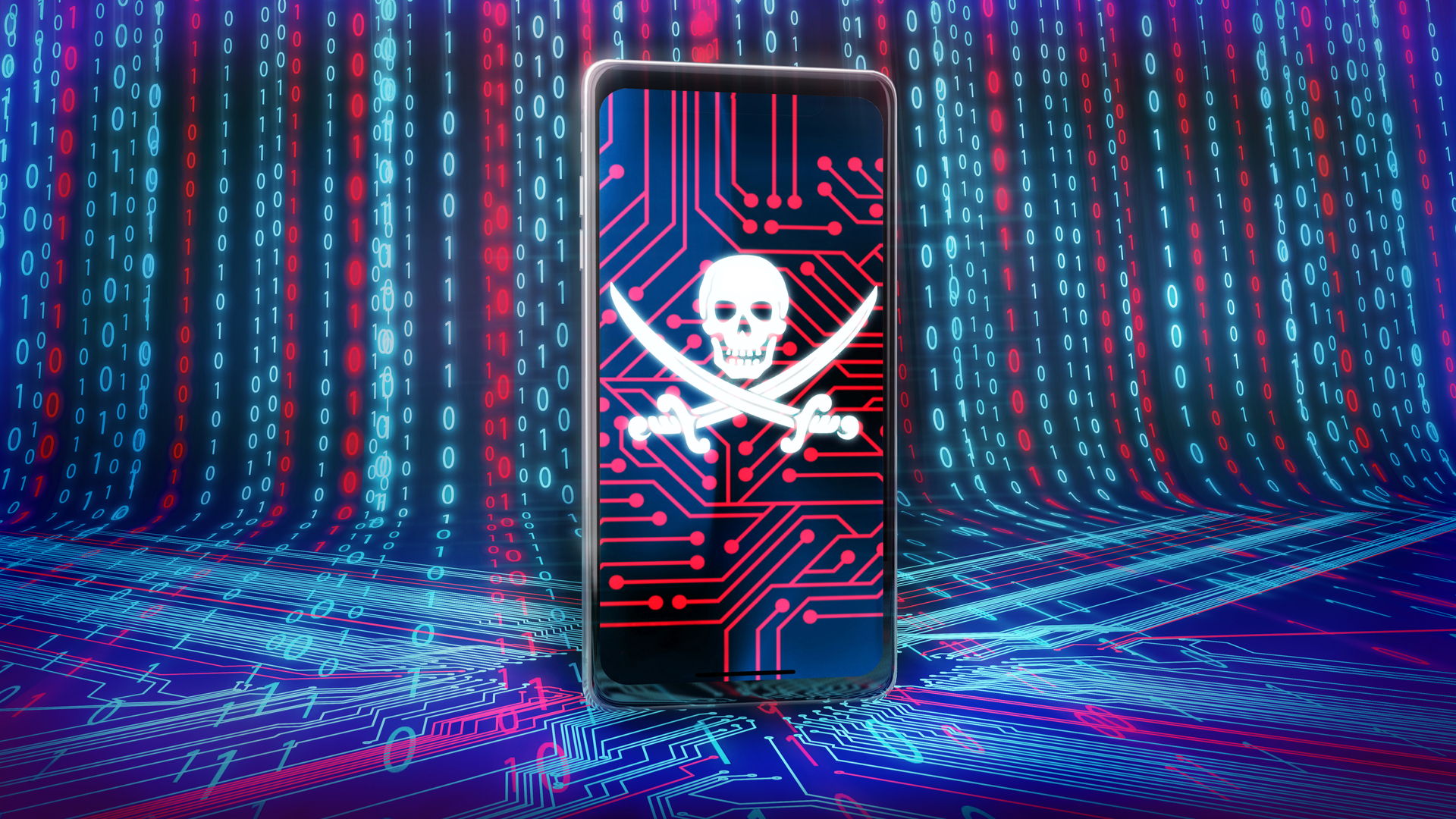Exclusive: Oura VP hints at a future where ‘complementary wearables’ assist your smart ring
Human-powered batteries, better detection for common illnesses may also be in the cards
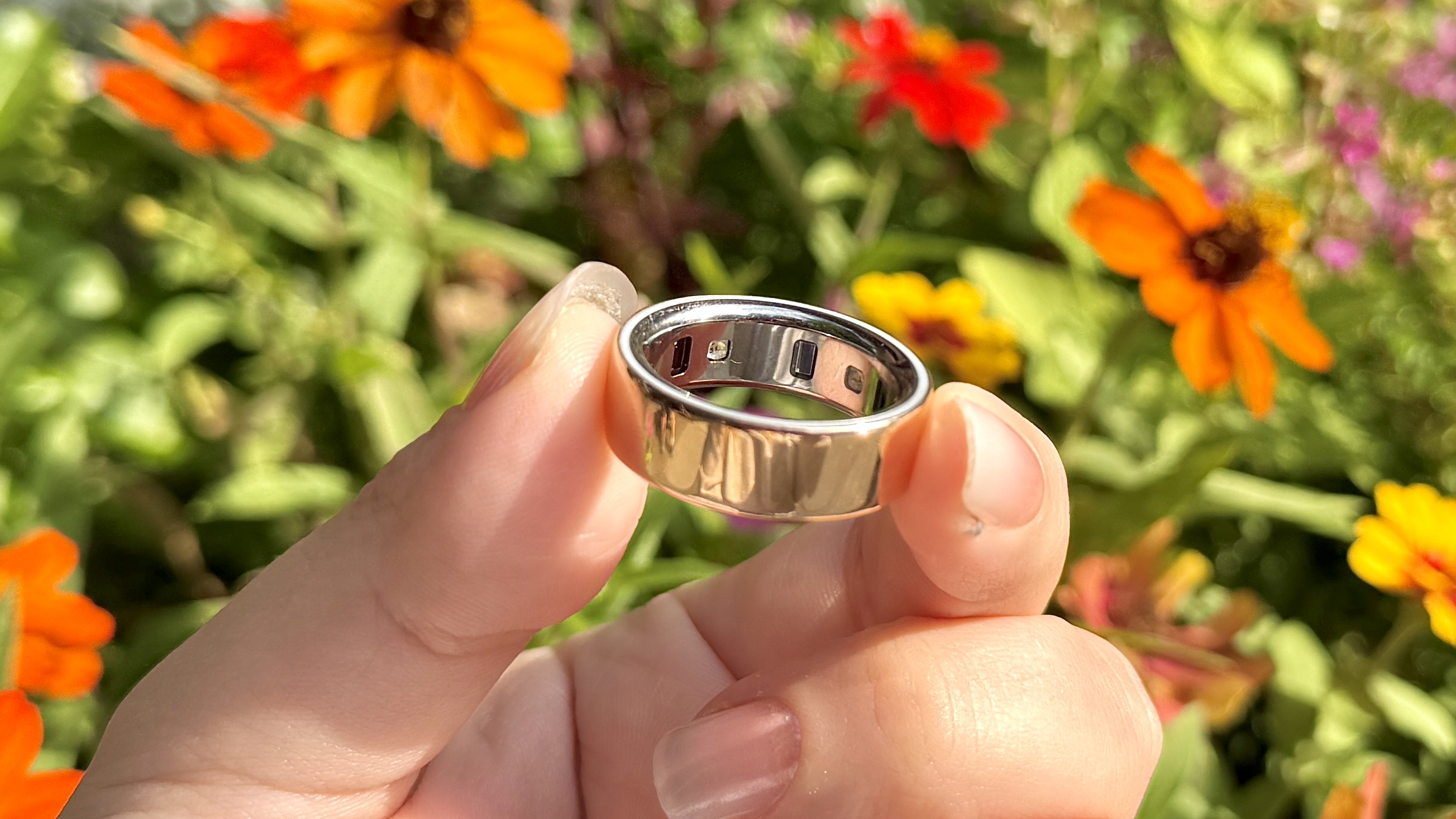
There's no brand better associated with smart rings than Oura. Although the finger-based wearables market is barely ten years old, to get a sense of where it might be headed in the next decade, I chatted with Jason Russell, vice president of consumer software products at Oura.
As part of a Tom's Guide special report on the future of wearable tech in the year 2035, my conversation with Jason ranged from harvesting body heat for device power to "integrating complementary wearables" beyond the smart ring into the brand's portfolio of helpful, holistic tech.
While the Oura Ring 4 is the best smart ring you can buy in 2025, what I hoped to hear from Jason is what a theoretical Oura Ring 10 might look like. Fortunately, his predictions don't disappoint.
You can find an edited version of my interview below, and for more insights into the wide world of next-generation tech, visit our In the World in 2035 hub to peer into the crystal ball and see the future of transportation, AI, robots, television, and more.
How might smart ring battery life improve over the next ten years? Will batteries become more flexible? What about user-generated energy from, say, body heat?
Jason Russell: We expect to see longer battery lifespans in the next decade. Hardware improvements like advanced sensor technology will have a significant impact, while software enhancements — including more efficient signal paths and the ability to disable unused sensors — will also contribute meaningfully.
Flexible batteries and body-powered energy harvesting are also compelling areas of future exploration. Flexible batteries have the potential to conform better to their device, enabling new form factors and comfort without sacrificing power.
Body-generated energy — through thermoelectric, kinetic, or even bio-voltaic sources— is still early-stage but interesting. The challenge is achieving sufficient power density in a small, wearable footprint.
Get instant access to breaking news, the hottest reviews, great deals and helpful tips.
By 2035, it’s plausible that wearables could integrate hybrid energy systems that passively recharge throughout the day, vastly extending runtime and reducing dependency on charging cycles.
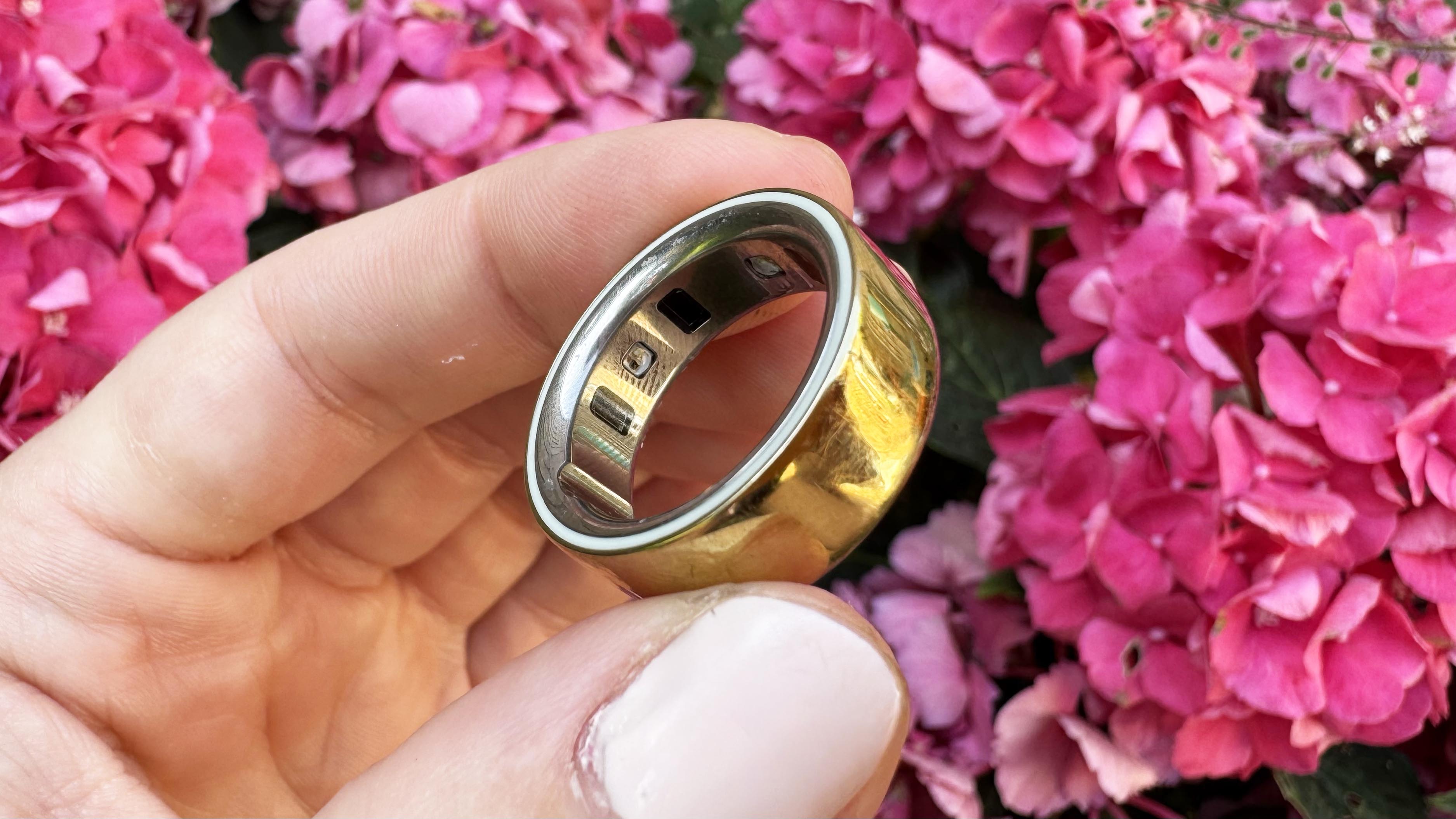
Consider the Oura Ring 10, hypothetically debuting in 2035, what will it potentially look like, what features might it offer, and what type of battery life can we expect?
We foresee stretching the boundaries of biometric sensing via the ring while integrating complementary wearables that together enable an even more complete picture of your health.
— Jason Russell, Oura
Russell: The Oura Ring 10 will likely reflect a major evolution in both form and function. Oura continually stretches the boundaries of what’s possible in biometric sensing, comfort, and wearability, and that will continue to be true.
With 20-plus PhDs on staff driving cutting-edge research in cardiovascular health, metabolic health, women’s health, and much more, future rings will continue to demonstrate pioneering innovation beyond what we might imagine to be possible today. Beyond our hardware, we’ll also see breakthroughs in the role we play in people’s health journeys.
As we’ve already demonstrated with our recent launch of our metabolic health partnership with Dexcom, we foresee stretching the boundaries of biometric sensing via the ring while integrating complementary wearables that together enable an even more complete picture of your health.
Our members see Oura as a gateway to a much deeper understanding of their health, and you can see how Oura will expand on that promise as multiple streams of health data converge — biometric signals from the ring, metabolic insights from external sensors, even contextual data from your environment or behaviors.
This unified view will enable richer, more predictive health intelligence, helping people not only understand their health in real time but also anticipate issues before they arise.
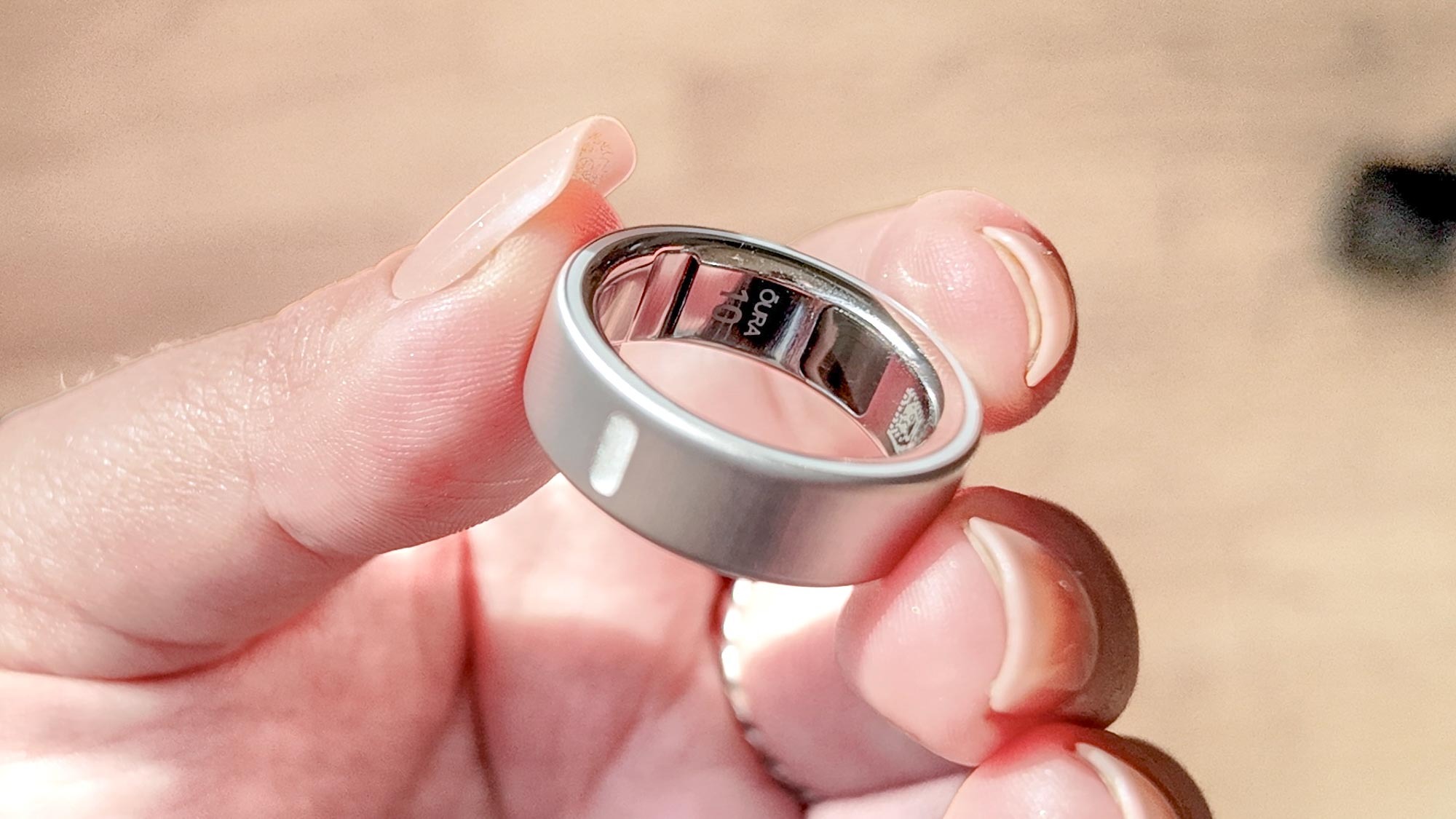
Oura already monitors stress. What does the future of mental health tracking look like for Oura users?
Russell: Mental health and stress management will become even more proactive and personalized, and we’ll see AI play a larger role in this management. For example, Oura Advisor currently uses an LLM algorithm to analyze and contextualize thousands of biometric data points to provide members with personalized guidance so that they can make informed decisions about their health.
In a future state, we could see Advisor using long-term trend data to proactively identify potential health issues through fluctuations in things like stress, sleep, HRV, heart rate, and more.
Additionally, we see Oura collaborating with the broader health ecosystem to enhance telehealth and clinical decision-making by leveraging real-time health metrics and trends with healthcare professionals.
We see a world in which Oura can help support self-management, but also prompt proactive care interventions.
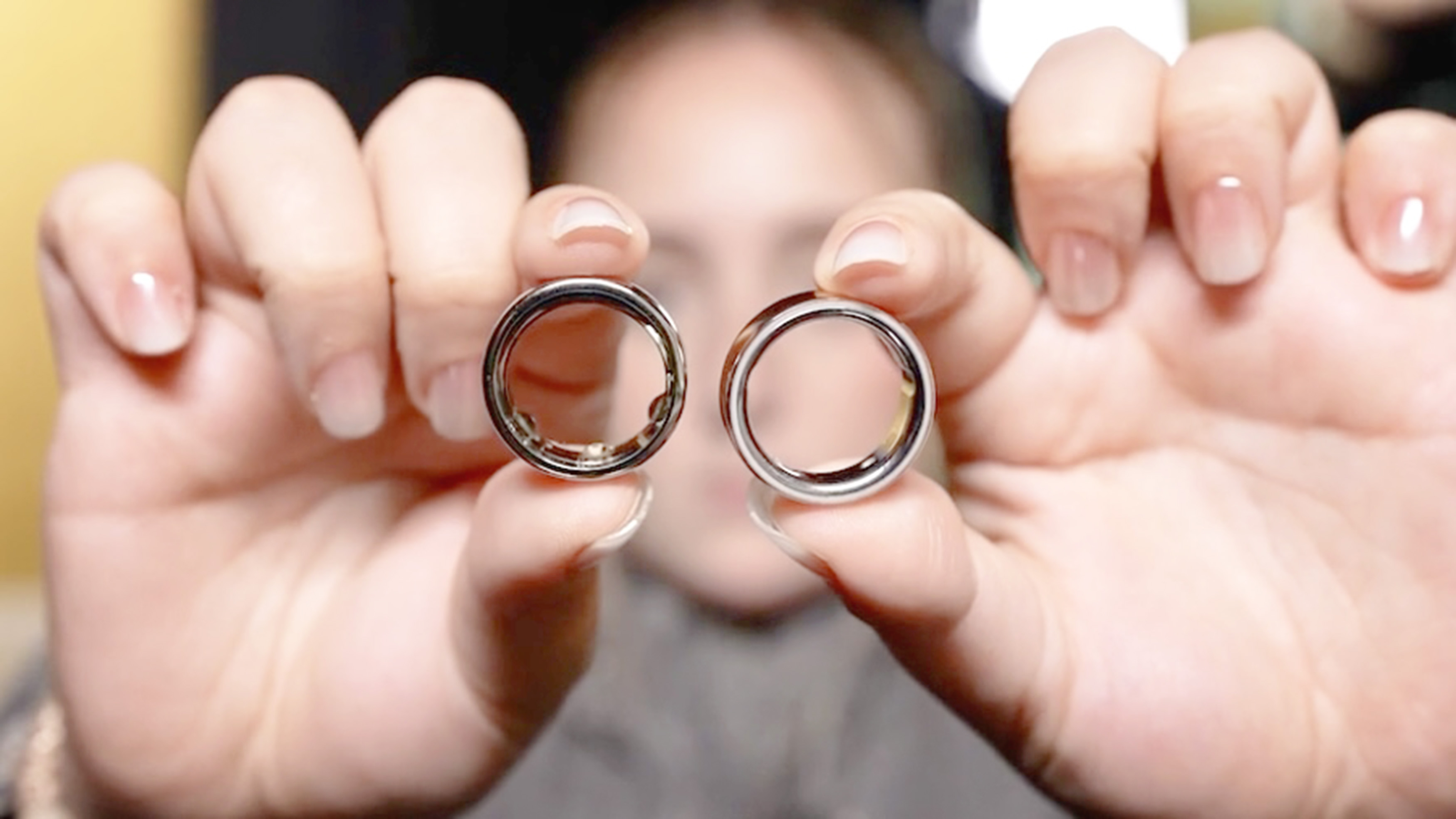
What types of new health metrics might the smart rings of the future track? How might the insights from my future Oura Ring differ from those I see today?
Russell: Smart rings of the future, including Oura, will likely track a broader range of health metrics. In the last year alone, we have significantly expanded our product offering from our original pillars of Sleep, Activity, and Readiness to now include other key areas of health, such as stress, cardiovascular health, and metabolic health.
As sensors become more advanced and miniaturized, the depth and granularity of data will also increase significantly. But the biggest shift will be in how insights are delivered: instead of just showing you the data, future insights could anticipate changes in your health, offer personalized, real-time guidance, and adapt to your unique physiology and goals, making the experience more predictive, proactive, and deeply personalized than ever before.
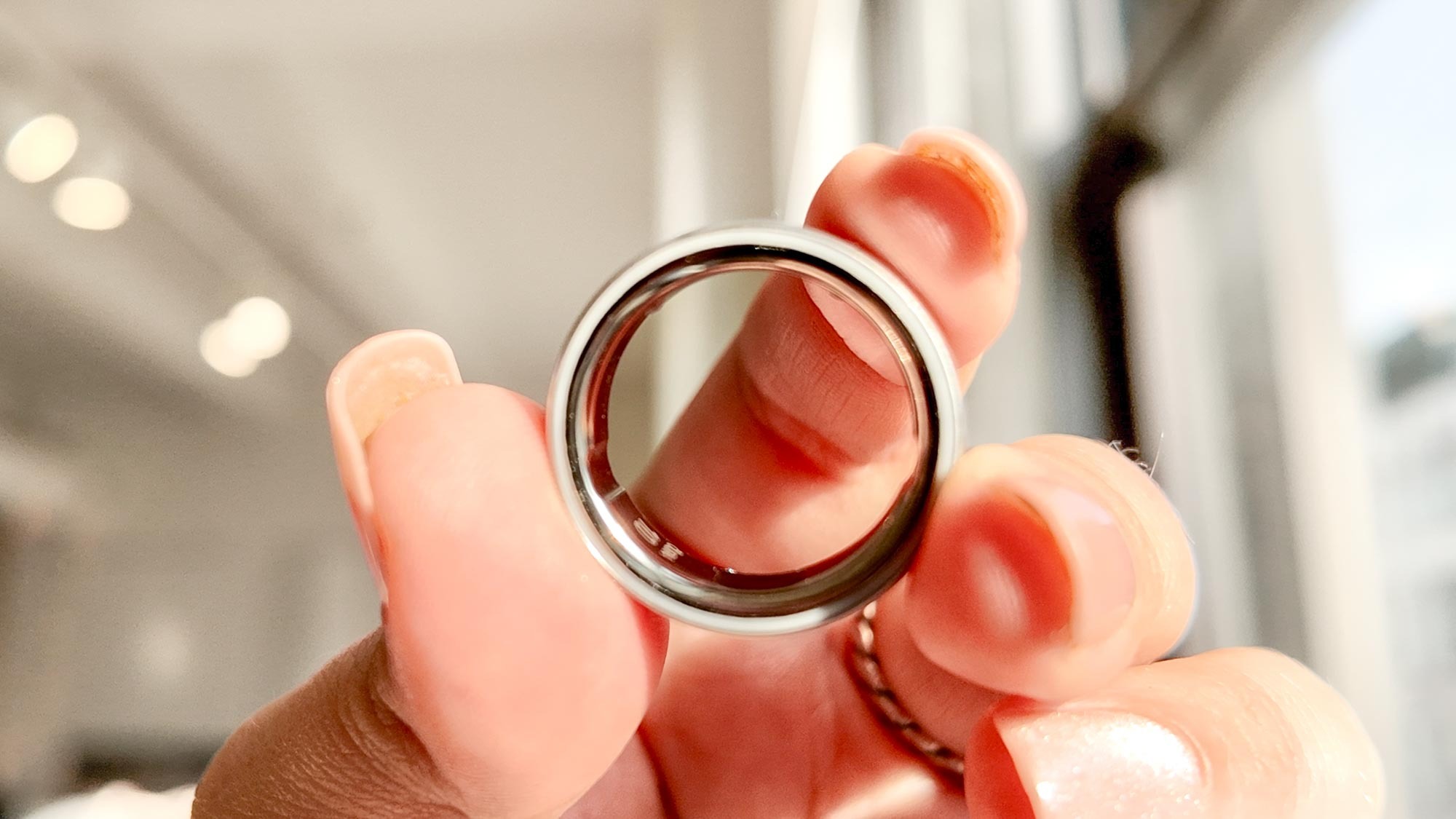
Do you see the smart ring evolving into something beyond a wellness device? If so, what non-health features could future smart rings offer?
Russell: Smart rings and wearables more broadly are evolving beyond traditional wellness tools and into more comprehensive healthcare devices. In the future, they could support clinical applications like remote patient monitoring, early detection of chronic conditions, or continuous tracking of biomarkers relevant to metabolic, cardiovascular, or hormonal health.
Beyond tracking, they may enable secure sharing of health data with care teams, integrate with electronic health records, or even assist with medication adherence through real-time prompts. As these capabilities grow, smart rings will increasingly serve as a bridge between everyday life and clinical care, bringing healthcare out of the clinic and into the home.
There’s also a potential for smart rings to play a role in more ambient, personalized experiences, such as supporting better sleep or recovery by syncing with your environment, like adjusting lighting or sound to match your circadian rhythm.
Follow Tom's Guide on Google News to get our up-to-date news, how-tos, and reviews in your feeds. Make sure to click the Follow button.
More from Tom's Guide
- Google Exclusive: How the Pixel Watch 3 got a life-saving feature the Apple Watch can't match
- Ringconn Gen 2 Air review — this budget smart ring beats the Oura Ring 4 in three big ways
- I biked 13 miles with the Apple Watch Ultra 2 vs Samsung Galaxy Watch 8 — and there's a clear winner

Dan Bracaglia is the Tom’s Guide editorial lead for all things smartwatches, fitness trackers and outdoor gear. With 15 years of experience as a consumer technology journalist testing everything from Oura Rings to instant cameras, Dan is deeply passionate about helping readers save money and make informed purchasing decisions. In the past year alone, Dan has assessed major product releases from the likes of Apple, Garmin, Google, Samsung, Polar and many others.
An avid outdoor adventurer, Dan is based in the U.S. Pacific Northwest where he takes advantage of the beautiful surroundings every chance he gets. A lover of kayaking, hiking, swimming, biking, snowboarding and exploring, he also makes every effort to combine his day job with his passions. When not assessing the sleep tracking and heart rate accuracy of the latest tach gadgets, you can find him photographing Seattle’s vibrant underground music community.
You must confirm your public display name before commenting
Please logout and then login again, you will then be prompted to enter your display name.
